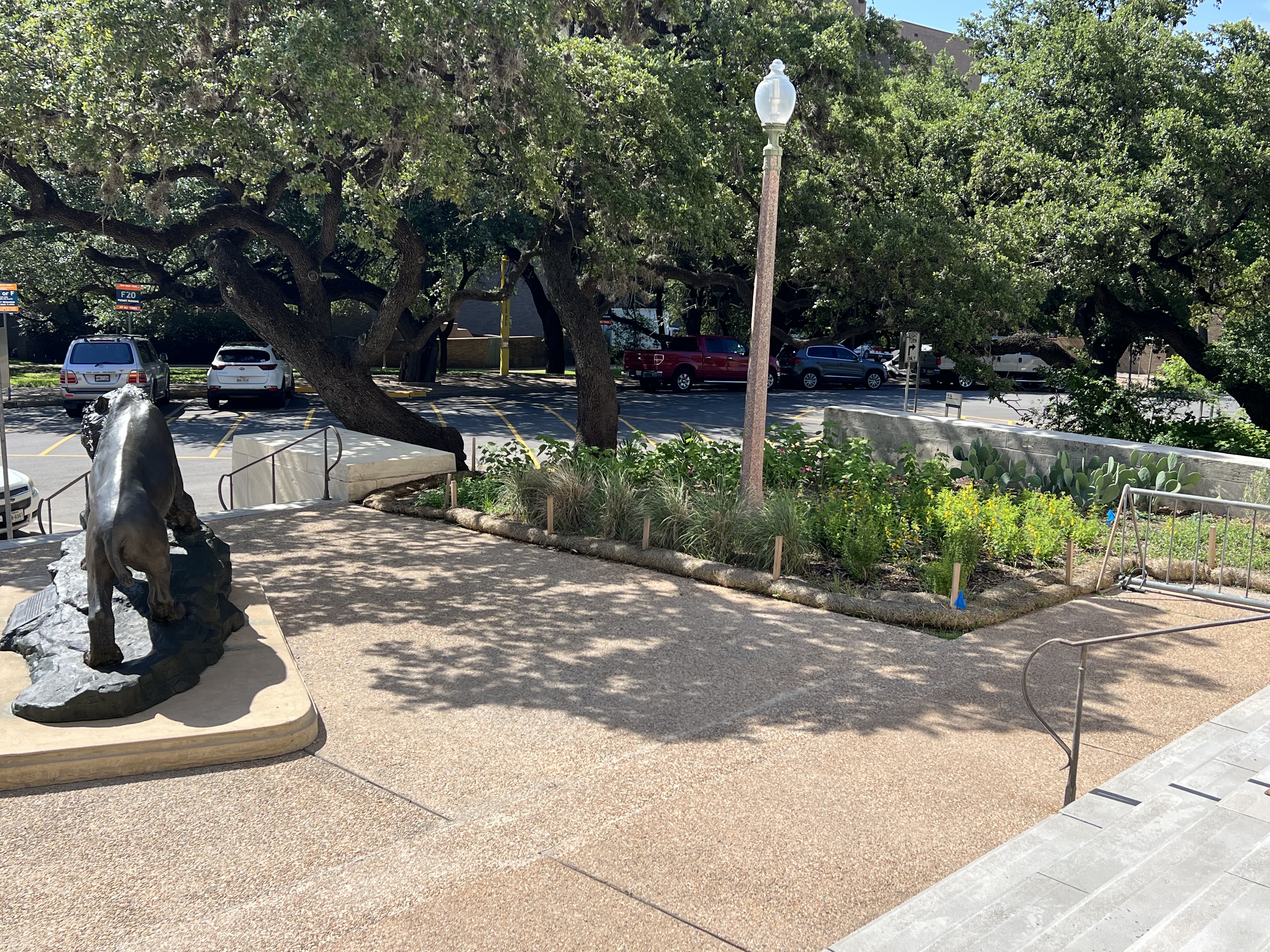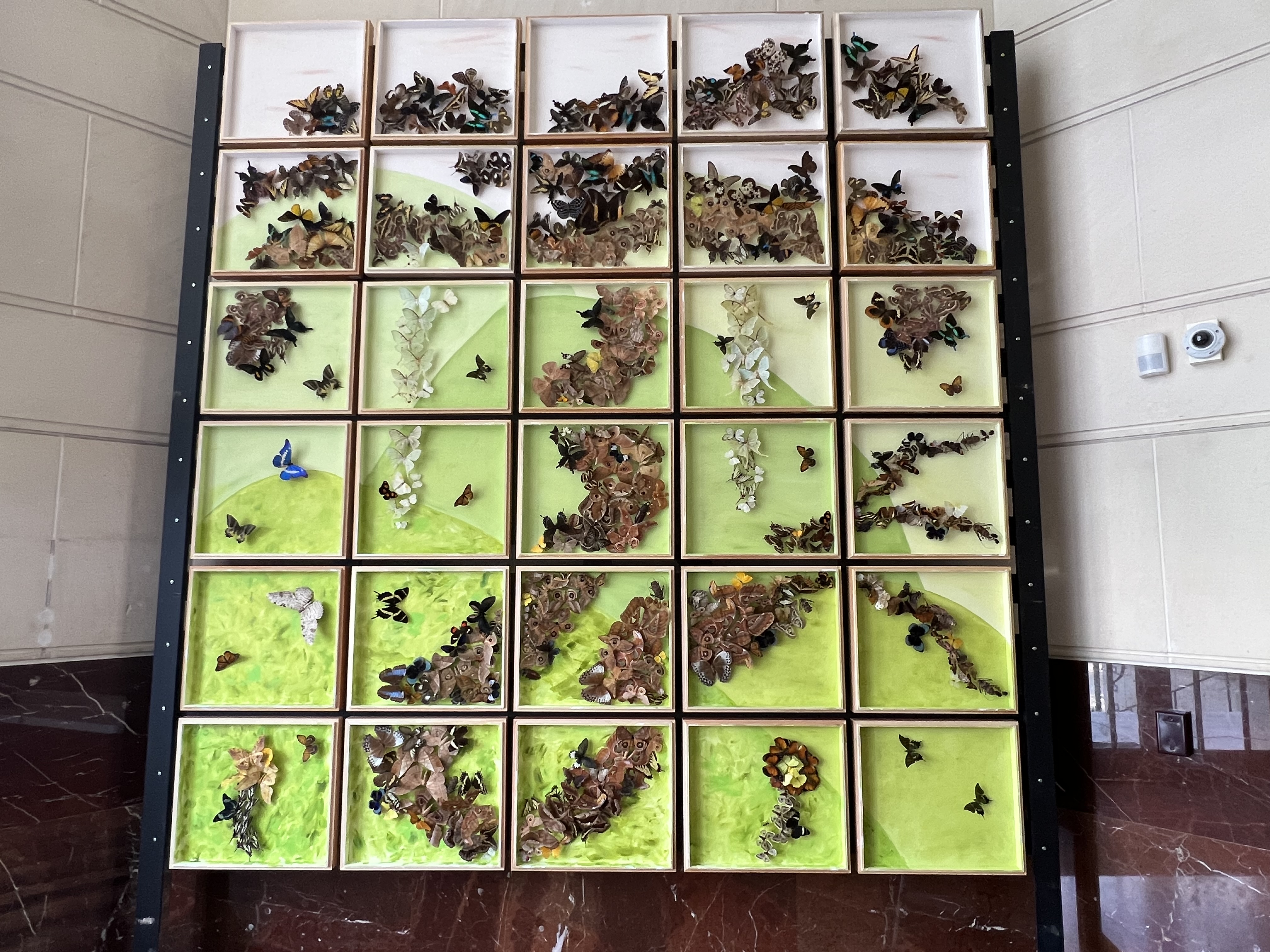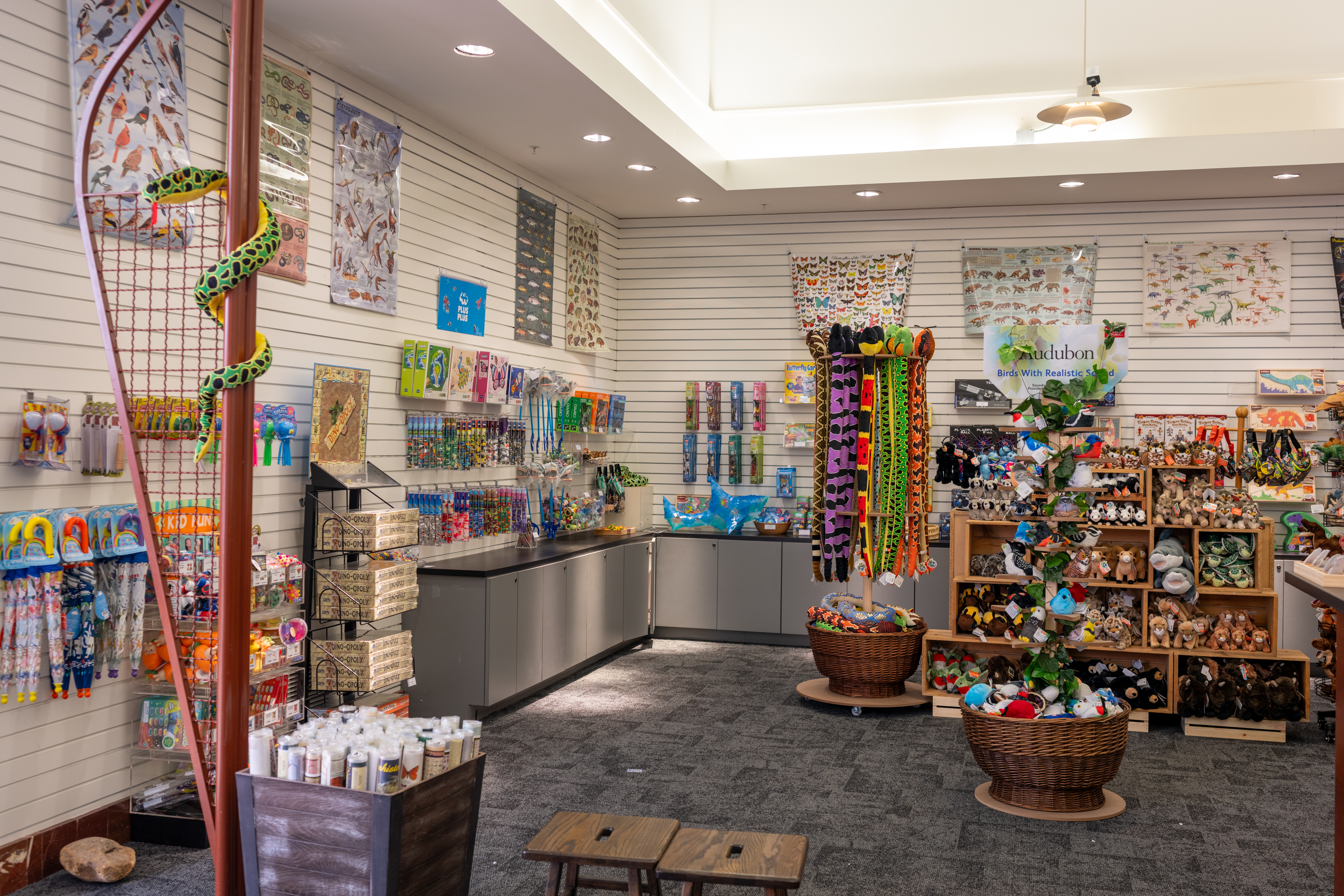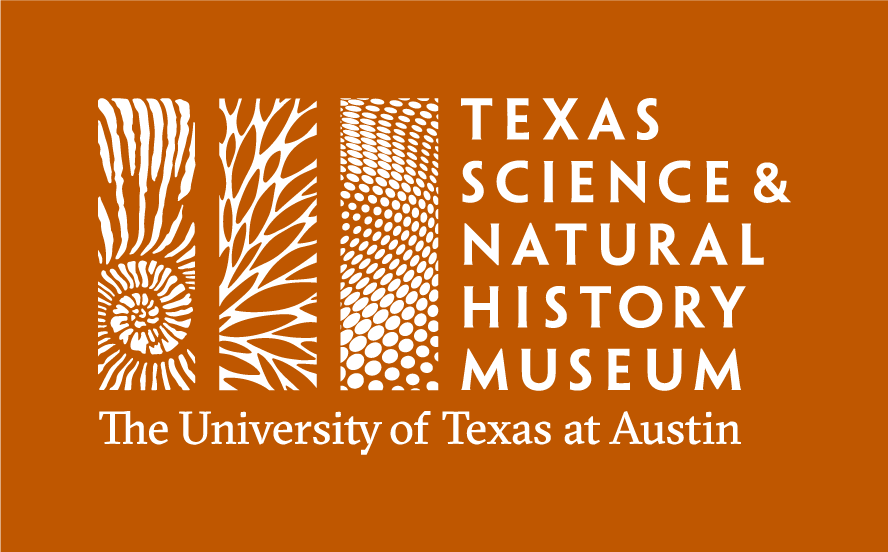As visitors stream through the doors of the newly reopened Texas Science & Natural History Museum this fall, they are being greeted by several exhibits and enhancements that feature contributions from students, as well as staff and faculty, from across the University and the College of Natural Sciences. Undergraduates, graduate students and alumni were among those who helped add to the museum’s attractions.
Pollinator Garden

Visitors may notice the first project before they even reach the front door. In consultation with the Lady Bird Johnson Wildflower Center, UT students and UT Landscape Services staff planted a new pollinator garden at the museum earlier this year.
Horticulturalists at the Wildflower Center designed a garden for the front entrance of the museum that would transform an area previously marred by mostly bare dirt and weeds into a healthy habitat for pollinators and other wildlife, featuring native Texas plants.
“Everything is native to Texas—most are locally native—so it’s intended to help people connect with our natural world,” said Andrea DeLong-Amaya, the Wildflower Center’s director of horticulture.
A variety of plants chosen for the space, such as Engelmann daisy, large buttercup and cenizo, typically attract bees and butterflies. Plants like flame acanthus attract birds, as well as bees and butterflies.
Rather than only introducing flowers that bloom during the spring, DeLong-Amaya said the team focused on timesharing, which means they included plants that bloom at different times of the year so that pollinators can benefit in every season.
“I think that’s really important for sustaining pollinators: to give them a food source as much of the year as possible,” DeLong-Amaya said.
The garden is supported by a grant from the UT Green Fund through the Office of Sustainability.
Art and Science

As visitors leave the pollinator garden behind and enter the museum, they will find an art installation by recent UT graduate Daneida Castillo (BFA, Studio Art, ’22). “Decimation Proclamation” incorporates more than 650 preserved butterfly and insect specimens previously housed within the Insect Collection of the Department of Integrative Biology's Biodiversity Center.
The late UT alumnus Jeff Robb, J.D., donated an expansive butterfly collection to the department years ago. Most of the collection is useful for scientific research, but some specimens lacked identification or information about where they came from, meaning they were unsuitable for research.
“But they were so beautiful,” said Alex Wild, curator of entomology. “They were perfect for an art project.”
Wild reached out to Megan Hildebrandt in the College of Fine Arts and a call was put out for proposals on how to use the specimens. Castillo responded and was selected for the project. She repurposed specialized specimen drawers that the college couldn’t use and created a structure to house her piece, painting the background and using the specimens to create the image of a tree.
“I wanted this to represent the tree of life and the interconnectedness of all living things,” Castillo said. “The butterflies are so delicate, and to me, that speaks to the delicacy of our world and environment.”
Moving into the museum, visitors will also notice a gallery near the main stairwell that features images from the College of Natural Science’s Visualizing Science contest. Over more than a decade, the contest has worked to raise the profile of Texas Science through public displays of images that celebrate the extraordinary beauty of science and the scientific process—and the collision of beauty with lab work and discovery.
One winning image featured in the gallery shows a small fish called a Molly Miller blenny, which lives along the rocky shores of the Texas coast. Hannah Rempel, a Ph.D. student in marine science, studies these omnivorous fish and decided to blend her research with her love of art.
“I love to use pen and watercolor illustrations to highlight the beauty of the underwater world I study and share it with others,” Rempel said. “I am elated that my work is featured in the museum. As a teenager, I dreamed of being an artist. It was through a project doing detailed scientific illustrations of orangutan movement that I first became fascinated with animal behavior and ecology. I appreciate that UT helps to bridge art, science, and communication through programs like Visualizing Science and it is exciting to be a part of it.”
Revitalized Retail

Just past the Visualizing Science display is the museum’s gift store. The college’s Division of Textiles and Apparel gave students the opportunity to work on ideas for the store as part of their coursework while the museum was undergoing an extensive renovation.
“Students were able to get real-time, real-world learning in a brick-and-mortar space,” said Sara Stewart Stevens, associate professor of practice in the Division of Textiles and Apparel. “They proposed displays, countertops, materials and more to museum staff and got critical feedback, which is essential.”
Student interns have been able to select products for the store and design product placement, as well as run the store during events.
“This is an incredibly valuable experience for the students,” Stewart Stevens said. “We hope to continue this collaboration in the future and look for new ways our students can contribute.”

